Sorghum (Sorghum vulgare) is of African origin. A large variety of wild and cultivated sorghums are grown in the tropics and subtropics of the world. Cultivated sorghums are grown chiefly for their grain which is an important staple food in many countries of Africa and Asia, and is the principal source of beverages in some countries. In India, sorghum grain is known as “jowar” and constitutes an important article of food, after rice and wheat. The whole grain or broken grain may be cooked like rice or the whole grain ground to flour and used to make chapaties. In other parts of Asia also it is used this way. In Africa, sorghum is used as food in various forms as porridge, gruel, and parched, popped or malted grain. From a blend of wheat flour and sorghum flour, baked products like muffins, bread and cakes can be produced. Sorghum grain is used as a source of starch in the fermentation industry for producing industrial alcohol and selvents.
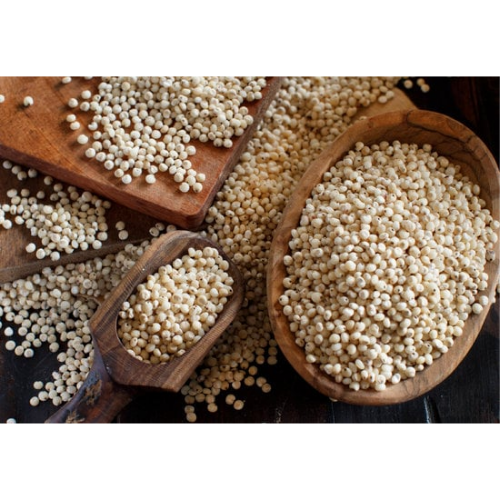
Structure and Composition:
The structure of the grain of sorghum is similar to that of other cereals, consisting of an embryo, a relatively large scrutellum and endosperm, enclosed in a seed coat (testa) and a fruit coat (pericarp). The testa and pericarp are fused together. In the outer layer of the pericarp, and in some cases beneath the pericarp, there is a layer of pigment.
The sorghum grain is small and rounded, varying in colour from off-white to varying shades of red, yellow or brown.
The chemical composition of sorghum grain is similar to that of maize. Generally, sorghum has more protein than maize, a lower fat content and about the same amount and proportion of carbohydrate components. The proximate analysis of Indian sorghum grain gave the following values: moisture 11.9; protein 10.4; fat 1.9; fibre 1.6; carbohydrates 72.6; and minerals 1.6 per cent. Minerals present in the grain are calcium, magnesium, potassium, and iron.
In comparison with maize, sorghum grain contains approximately the same quantities of riboflavin and pyridoxine but more pantothenic acid, nicotinic acid and biotin. Nicotinic acid occurs in the grain in an available form. In general, the vitamins occur in much higher concentrations in the germ than in the endosperm or the bran. The riboflavin contents of the germ and bran are the same.
Starch is the major carbohydrate of the grain. The other carbohydrates present are simple sugars, cellulose and hemicelluloses.
The protein content of the grain varies according to varieties and growing conditions. The percentage of different protein fractions to the total protein of sorghum grown in India is: albumin, 5; globulin, 6.3; prolamine, 46.4; and glutelin, 30.4. Prolamin and glutelin are principally present in the endo- sperm. Amino acid analyses of various protein fractions show that there is better distribution of all essential amino acids in the globulins than in the prolamins. Sorghum protein is superior to wheat protein in biological value and digestibility. However, as an exclusive source of protein, B-vitamins and minerals in the diet, sorghum is inferior to wheat. A vegetarian diet based on some varieties of sorghum is somewhat better than a rice-based diet.
Sorghum lipid consists mostly of triglycerides. Phospholipids constitute about 5 percent of the total lipids of sorghum. Nearly half of the phospholipid is lecithin. Sorghum also contains some wax. The triglycerides are rich in the unsaturated fatty acids, oleic and linoleic, their percentage being 33 and 47, respectively.

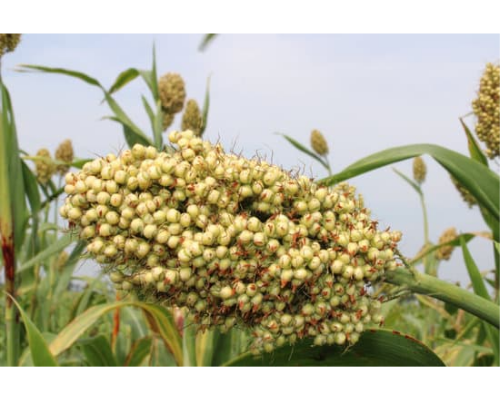
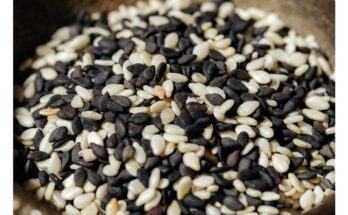
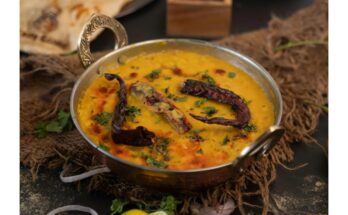
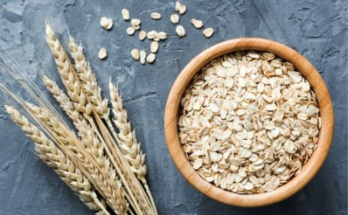
Thank you for your articles. They are very helpful to me. May I ask you a question?
Thanks,
Please write us at:
foodnestgen@gmail.com
Or
What’s up: +91 6392563041
Please tell me more about your excellent articles
I think this website holds some real superb information for everyone : D.
Very great information can be found on web blog. “You have to learn that if you start making sure you feel good, everything will be okay.” by Ruben Studdard.
You are my breathing in, I own few blogs and sometimes run out from to brand : (.
I will immediately grab your rss as I can not find your email subscription link or newsletter service. Do you have any? Kindly let me know so that I could subscribe. Thanks.
I was recommended this web site by my cousin. I am not sure whether this post is written by him as nobody else know such detailed about my difficulty. You are amazing! Thanks!